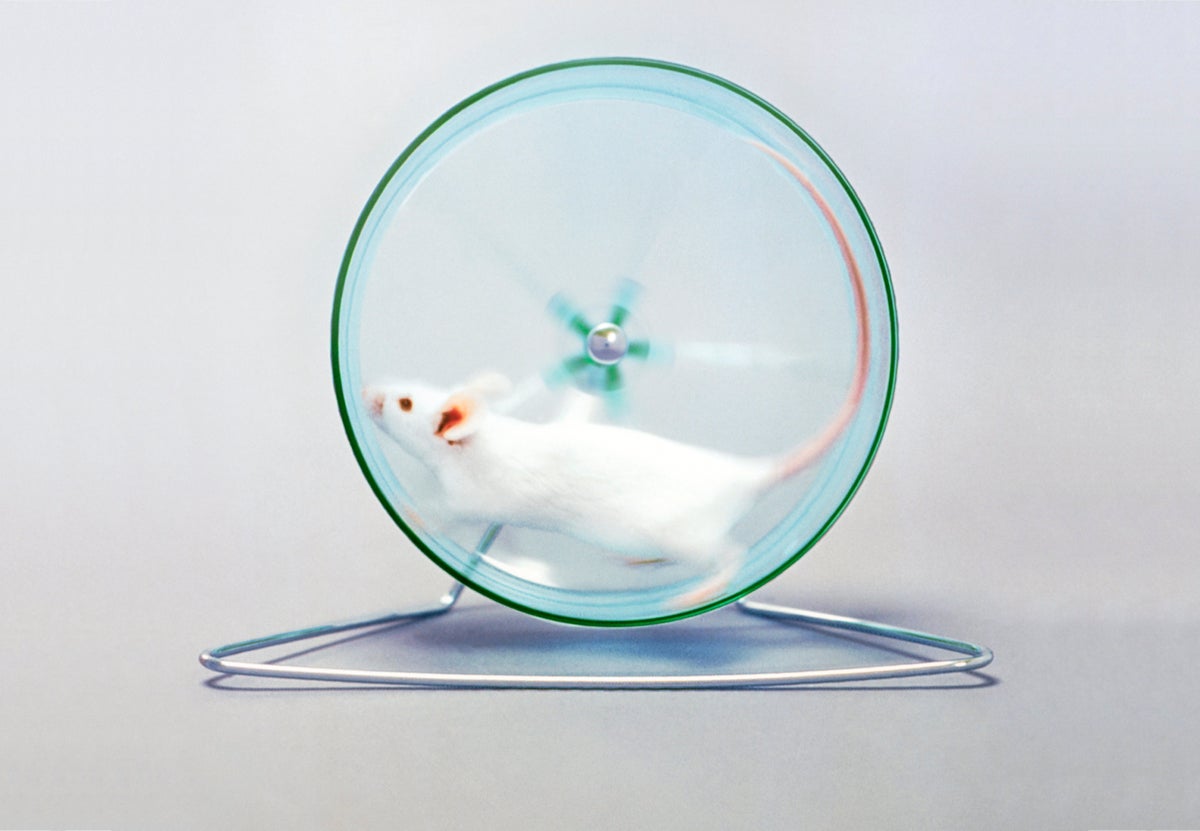AlphaCog
Member
- Joined
- Jan 28, 2014
- Messages
- 96
The study began with an assessment of 15 runners and a comparison of bacterial strains present in their stool before and after they completed the Boston Marathon. The investigators identified a boost in the presence of species the bacterium Veillonella after the marathon, especially Veillonella atypica. They also found that these bacteria were more abundant in the marathoners as compared with 10 nonathletes. These bacteria use lactate and break it down into propionate.
Moving on to another group of athletes, ultramarathoners and Olympic trial rowers, the researchers got similar results: higher levels of Veillonella after an endurance competition. They also found that following the intense physical activity, stool samples from these athletes had higher levels of every bacterial gene involved in breaking down lactate to propionate.
Intrigued by their findings in people, study author George Church, a genetics professor at Harvard University, and his colleagues turned to mice to see what dosing with Veillonella or propionate would do to the animals’ treadmill performance. Oral Veillonella boosted rodent endurance on the treadmill, and rectal administration of propionate did so as well. In addition, the investigators established that lactate can cross from the blood into the gut, where Veillonella might act as a kind of lactate sponge.
The findings are intriguing and support the idea that such bacterial activity can affect exercise function, says Fergus Shanahan, a professor and chair of the department of medicine at University College Cork in Ireland, who was not involved in the work. But he cautions that among elite athletes, these responses likely appear late in the process of becoming superfit and are not necessarily something anyone would see with short-term physical activity.

 www.scientificamerican.com
www.scientificamerican.com
Moving on to another group of athletes, ultramarathoners and Olympic trial rowers, the researchers got similar results: higher levels of Veillonella after an endurance competition. They also found that following the intense physical activity, stool samples from these athletes had higher levels of every bacterial gene involved in breaking down lactate to propionate.
Intrigued by their findings in people, study author George Church, a genetics professor at Harvard University, and his colleagues turned to mice to see what dosing with Veillonella or propionate would do to the animals’ treadmill performance. Oral Veillonella boosted rodent endurance on the treadmill, and rectal administration of propionate did so as well. In addition, the investigators established that lactate can cross from the blood into the gut, where Veillonella might act as a kind of lactate sponge.
The findings are intriguing and support the idea that such bacterial activity can affect exercise function, says Fergus Shanahan, a professor and chair of the department of medicine at University College Cork in Ireland, who was not involved in the work. But he cautions that among elite athletes, these responses likely appear late in the process of becoming superfit and are not necessarily something anyone would see with short-term physical activity.

Elite Athletes' Gut Bacteria Give Rodent Runners a Boost
The chemical these bacteria produce appears to enhance athleticism
